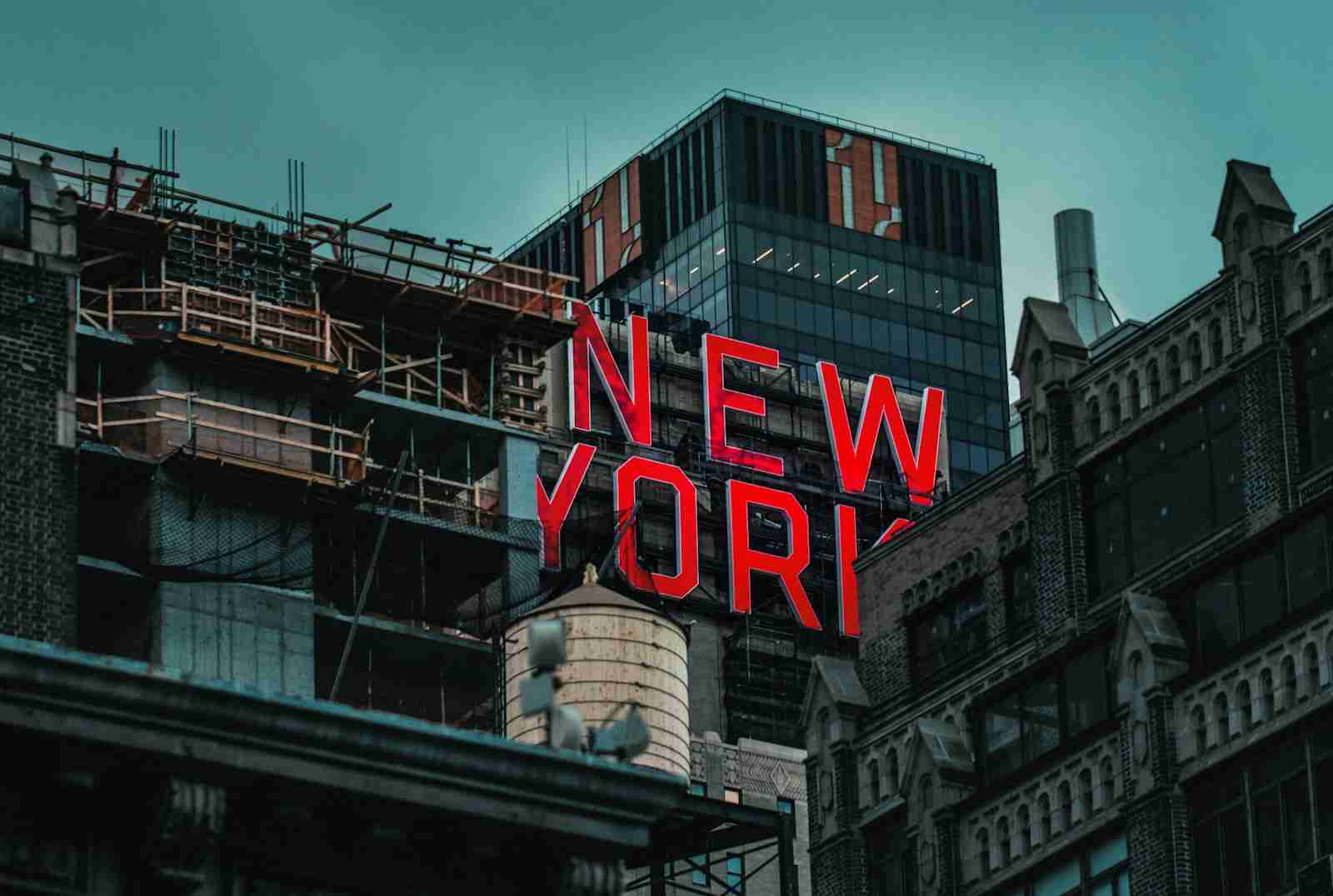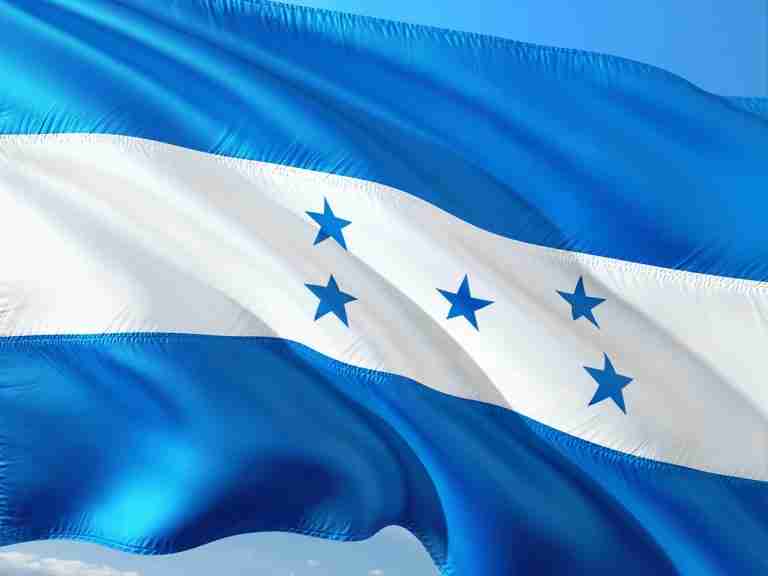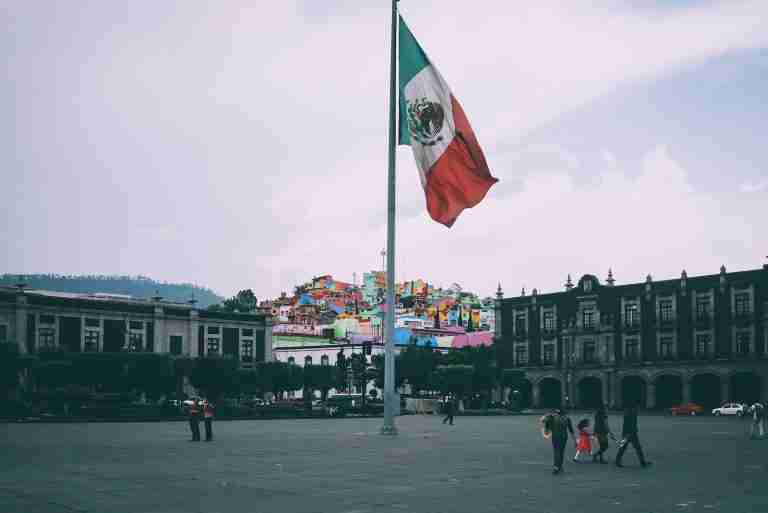22 Fun Facts About New York | City of Dreams
1. Before Washington, New York City was the capital of the US.
Before Washington D.C. took the title, New York City held the honor as the U.S. capital. From 1785 to 1790, it was the heart of the nation, witnessing George Washington’s inauguration as the first President.
New York uniquely served as both the last capital under the Articles of Confederation and the first under the Constitution of the United States.
2. New York is the most linguistically diverse city in the world.
One of the most unique facts about New York is its status as the world’s most linguistically diverse city, with around 800 languages spoken. This incredible variety is thanks to its residents hailing from countries like Jamaica, Haiti, Mexico, China, and the Dominican Republic.
Queens, a borough of New York, tops the charts with more languages spoken than any other neighborhood globally in a stretch of two or three miles that exists between Astoria and Woodside.
3. The Statue of Liberty’s name is Liberty Enlightening the World.
The Statue of Liberty, officially named ‘Liberty Enlightening the World,’ stands on Liberty Island in New York Harbor. A gift from France to the United States, it symbolizes the friendship forged during the American Revolution.
Dedicated on October 28, 1886, ‘Lady Liberty’ is a universal icon of freedom and democracy, embodying the enduring bond between the two nations.
4. A pneumatic mail tube system was operating in NYC until 1953.
New York City’s pneumatic mail tube system, operational from 1897 to 1953, once transported 30% of the city’s mail, including 95,000 letters daily. Stretching across Manhattan to Harlem, it delivered items from the General Post Office in just 20 minutes.
Among its more unusual shipments were a live cat and a large artificial peach, showcasing the system’s versatility and efficiency.
5. The LGBTQ+ Movement started in New York City in 1969.
Another interesting historical fact about New York is the birth of the LGBTQ+ Movement, ignited by the Stonewall Uprising in 1969. This pivotal event marked a significant turning point in the fight for gay and lesbian rights.
When the Stonewall Inn, a Greenwich Village gay bar, was raided by police, patrons fought back, leading to five days of rioting. The subsequent events would fundamentally change the discourse surrounding LGBTQ+ activism in the US.
6. Times Square was originally known as Longacre Square.
Originally called Longacre Square, Times Square got its name in 1904 following The New York Times’ move to its new headquarters at One Times Square.
This renaming celebrated the newspaper’s influence and marked the beginning of the area’s transformation into a cultural hub, renowned for its Broadway theaters, Lincoln Center, and the vibrant Theater District.
7. May 1 was Moving Day in NYC before the 1950s.
New York City’s unique ‘Moving Day‘ tradition, dating back to colonial times, lasted until the 1950s. Every year on May 1, all city leases expired simultaneously at 9:00 am, prompting thousands to move at once.
This tradition, believed to have started with the first Dutch settlers, made May 1 a chaotic yet communal day of relocation across the city.
8. A Straw Hat Riot broke out in New York City in 1922.
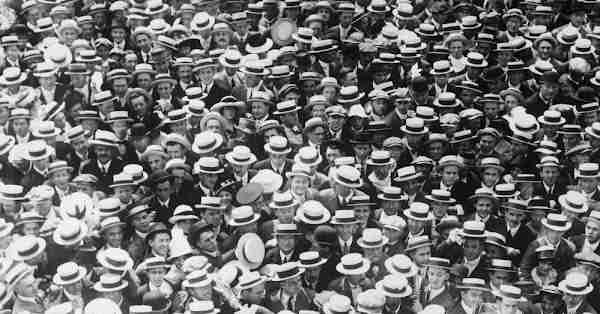
The Straw Hat Riot of 1922 erupted in NYC over seasonal fashion norms, specifically the unwritten rule against wearing straw hats past summer. Traditionally, men switched to felt hats by September 15, but defiance led to widespread hat-smashing incidents.
Although similar events occurred in subsequent years, the 1922 riot marked the peak of this peculiar fashion enforcement, eventually fading into obscurity.
9. Pinball was banned in New York from 1940 until 1976.
A lesser-known fact about New York and pinball is its ban from 1940 to 1976. Mayor Fiorello La Guardia, viewing it as a moral threat and a waste of children’s money, led raids to confiscate machines, citing gambling concerns.
Believing the Mob controlled pinball, LaGuardia’s ban aimed to protect youth and curb crime following the Pearl Harbor attack.
10. If independent, Brooklyn would be the US’s fourth-largest city.
Brooklyn, with its 2,736,074 residents according to the 2020 census, would rank as the fourth-largest city in the US if it were independent, trailing only behind New York City, Los Angeles, and Chicago.
Queens, sharing similar population figures, would also claim the fourth spot nationally. Both boroughs highlight the immense scale of New York City’s diverse and bustling population.
11. Fake buildings in NYC are subway maintenance and ventilation areas.
Another interesting fact about New York is its use of fake buildings for subway infrastructure. The brownstone at 58 Joralemon Street in Brooklyn, with its perpetually dark windows, is one such example.
This building cleverly disguises a subway vent and emergency exit, blending into the neighborhood. Beneath the city, a complex network of tunnels, pipes, and cables operates unseen, essential for urban life.
12. The first native people to occupy New York were the Lenape.
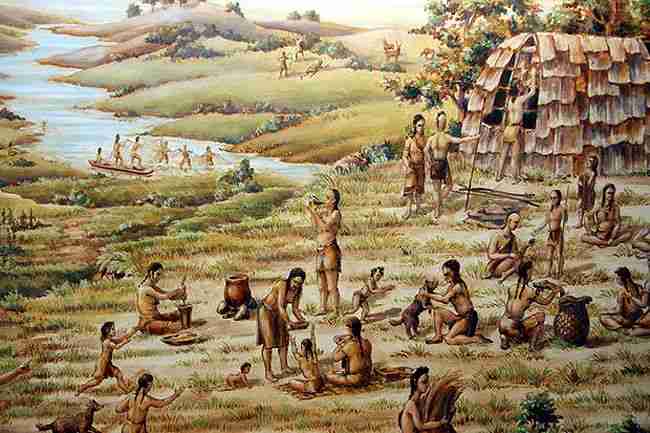
The Lenape, or ‘the original people,’ were the first to inhabit New York, in a region they called Lenapehoking. This area spanned from today’s Ulster County and New York City to parts of New Jersey, Pennsylvania, and Delaware.
European settlers later named them the Delawares. Sadly, over 400 years ago, they were forcibly removed due to European settler colonialism.
13. New York has the highest number of millionaires in the world.
New York City is home to the world’s largest population of millionaires, and according to a report, 389,100 residents hold a net worth exceeding $1 million.
This accounts for 4.63% of the city’s population, translating to 1 out of every 21 New Yorkers being a millionaire. With 340,000 millionaires, it stands as the wealthiest city globally.
14. Albert Einstein’s eyeballs are kept in a NYC safe deposit box.
Following Albert Einstein’s death in 1955, an unauthorized autopsy by Thomas Harvey led to the removal of Einstein’s eyes, ostensibly for scientific purposes, with retroactive approval from Einstein’s son.
Despite Einstein’s desire for his ashes to be scattered secretly to avoid idolatry, his eyes were entrusted to his ophthalmologist, Henry Abrams. They are now kept in a safety deposit box in New York City, adding a peculiar footnote to the city’s storied history.
15. There is a 15-story hole in 36th Street in Park Avenue.
One of the most scary facts about New York streets is the existence of a 150-foot or 15-story, deep hole located on Park Avenue between 36th and 37th Streets.
Covered by a grate, this massive void serves as a ventilation shaft for the Long Island Rail Road’s connection to Grand Central, blending seamlessly yet startlingly into the urban landscape.
16. Central Park NY is home to over 275 different species of birds.
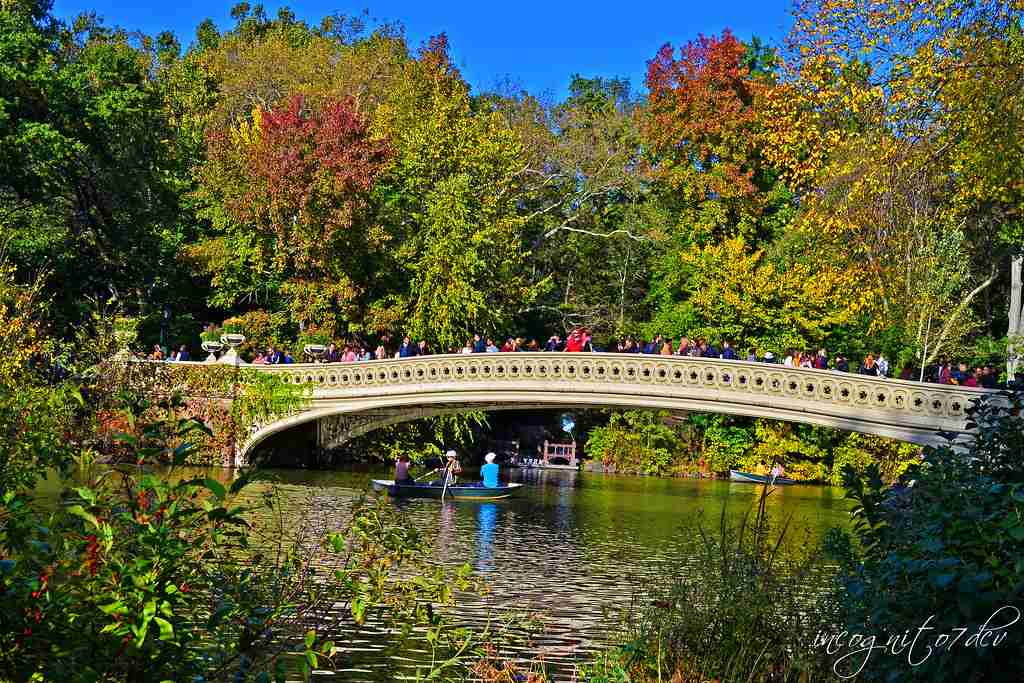
Central Park, a renowned birding haven, hosts over 275 bird species, making it one of the United States’ premier bird-watching spots. Its diverse habitats provide nesting spaces, food, and a rest stop for migrating birds along the East Coast.
Known as a warbler ‘trap,’ the park can see up to 30 warbler species in a single day, drawing birders globally.
17. A Naked Cowboy performer earns $150,000 a year in Times Square.
The Naked Cowboy, real name Robert John Burck, is a famed Times Square street performer from Ohio, captivating New York tourists since 1998. Dressed in just his underwear, Burck entertains as one of the city’s top attractions.
He is earning an estimated $150,000 annually from busking. This figure excludes income from corporate sponsorships, private events, and sales of his music and book.
18. 75 1/2 Bedford Street is NYC’s narrowest house.
In New York’s West Village, the narrowest house at 75½ Bedford Street measures a mere 9 feet 6 inches wide, recognized by the Landmarks Preservation Commission.
Built-in 1873 for Horatio Gomez during a smallpox outbreak, this three-story structure is officially the city’s slimmest, with an interior width of 8 feet 7 inches, tapering to just 2 feet.
19. NY’s Brooklyn Bridge is older than London’s Brooklyn Bridge.
The Brooklyn Bridge, connecting Manhattan and Brooklyn since 1883, stands as one of the oldest U.S. bridges. Pioneering as the world’s first steel-wire suspension bridge, it was the longest of its kind at completion.
Interestingly, it predates London’s Tower Bridge by 11 years, despite Tower Bridge’s older appearance, officially earning its name in 1915, 32 years after opening.
20. 33 Thomas Street is a windowless nuclear-proof skyscraper in NY.
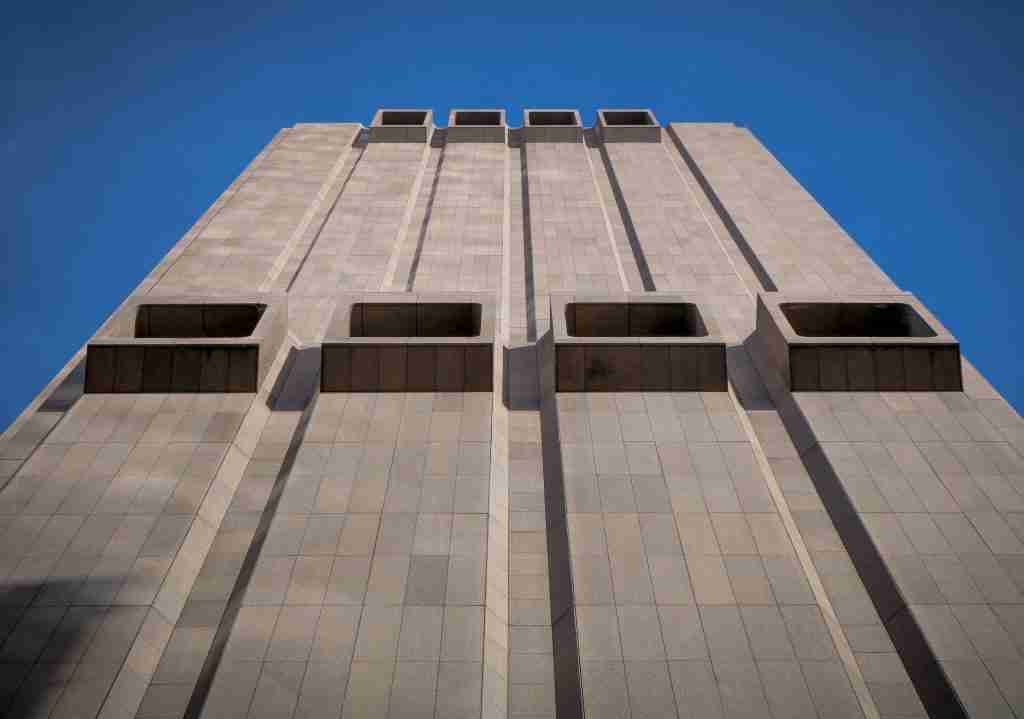
Another interesting New York fact is the existence of 33 Thomas Street, a windowless skyscraper in Tribeca, standing 550 feet tall. Known as Titanpointe and designed to withstand nuclear fallout for 14 days, it has served New York since 1974.
Originally a telephone switching center, parts of it now function as a high-security data center, embodying a blend of mystery and resilience.
21. NY homeowners can get a free tree planted outside their home.
In New York, homeowners can request the Department of Parks and Recreation to plant a tree on their sidewalk for free, enhancing the city’s greenery. Unauthorized tree removal or damage incurs severe penalties, including fines up to $15,000 or imprisonment.
Additionally, through Community Tree Giveaways, residents can obtain a tree for their private property, provided it’s planted in the ground.
22. The unclaimed deceased in NYC are buried on Hart Island.
Another unique New York fact is Hart Island, the city’s public cemetery since 1869, is the final resting place for over one million unclaimed or indigent individuals.
Located in the northeastern Bronx, part of the Pelham Islands, it spans about 1 mile by 0.33 miles. Recently, management of the island has transitioned to a joint effort between HRA and NYC Parks.
FAQs
The term “Big Apple” was popularized in the 1920s by sports journalist John J. Fitz Gerald. It referred to New York City’s horse racing venues as prizes or “big apples” sought by jockeys and trainers.
New York is renowned for its iconic skyline, Statue of Liberty, Central Park, Broadway shows, and as a global hub for finance, fashion, and culture. Its diverse cuisine and vibrant arts scene also stand out.
As of the latest census, New York City’s population is approximately 8.4 million people. This makes it the most populous city in the United States, known for its remarkable diversity.
New York is called the Empire State due to its vast wealth and resources. The nickname suggests it has the wealth, resources, and ambition to become an empire of its own.
New York is called “the city that never sleeps” because of its 24-hour culture. Restaurants, shops, and subways operate around the clock, reflecting the city’s dynamic and always-active lifestyle.

